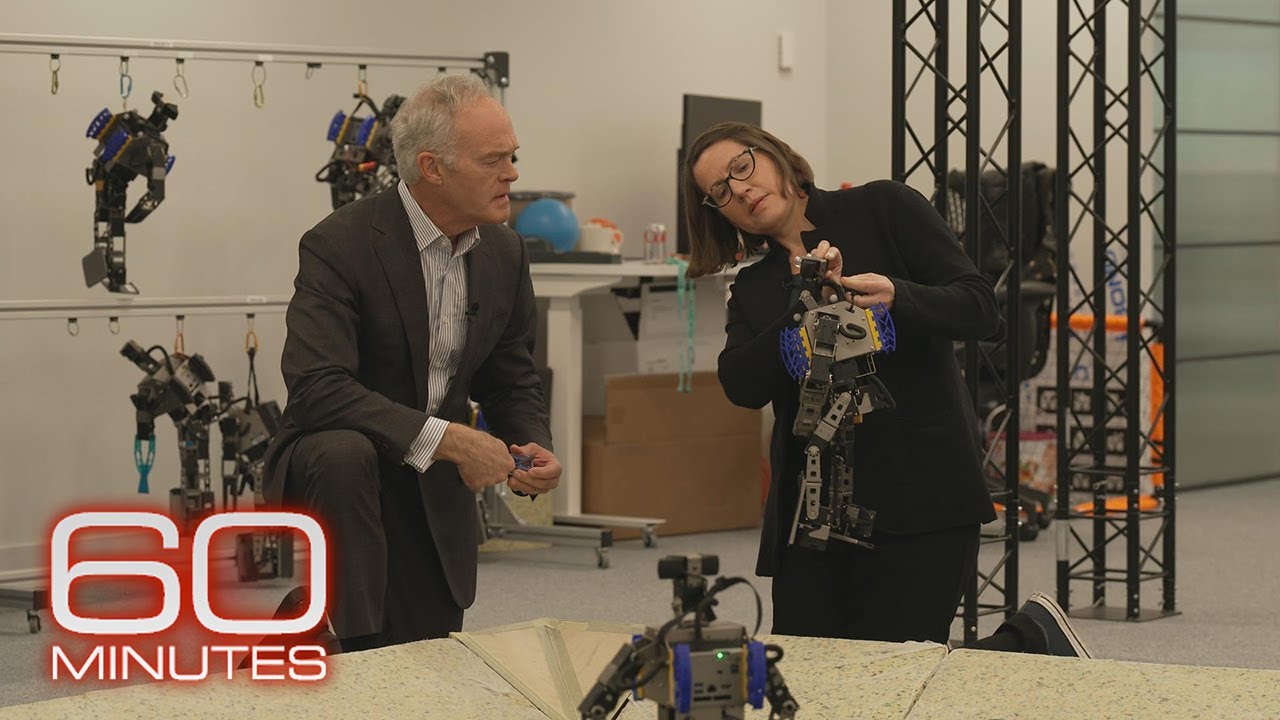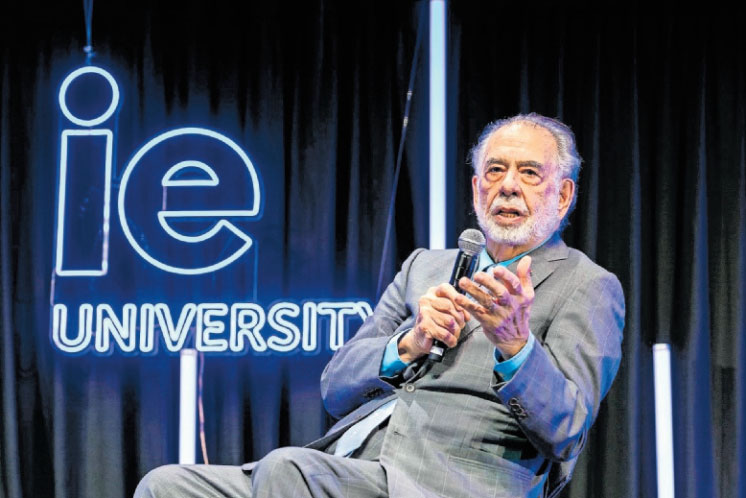While AI translation tools are powerful, authentic renditions often require a collaborative approach. By offering clear instructions, relevant context, and helpful feedback, you can guide the AI towards a truly faithful and culturally resonant translation.
1. Capture the Essence:
Translate this text to [target language], but don’t just focus on word-for-word accuracy. Capture the tone, style, and cultural nuances to make it read as if it were originally written in that language. Consider idioms, colloquialisms, and wordplay that would resonate with native speakers.
2. Channel the Voice:
Imagine this text was written by a native speaker of [target language] with [desired age, background, profession]. Translate it while keeping their voice and perspective in mind. Use language and cultural references they would naturally employ, avoiding overly formal or stilted expressions.
3. Paint a Picture:
Translate this text, but don’t just convey the message. Recreate the atmosphere, emotions, and sensory details in the original language. Make the translated text evoke similar imagery and feelings for readers of the target language.
4. Target Audience:
Translate this text for an audience of [target language speakers, age group, social context]. Tailor the language and cultural references to be appropriate and engaging for them. Avoid relying on inside jokes or slang that wouldn’t be easily understood.
5. Examples and References:
Translate this text, but also offer some examples of similar phrases or expressions in the target language that capture the intended meaning and tone. Feel free to suggest alternative word choices or sentence structures that would sound more natural in context.
Bonus Tips:
• Provide the AI with additional information about the source text, like its genre, target audience, and cultural context.
• If relevant, mention specific words or phrases you want the AI to pay particular attention to for authentic translation.
• After receiving the translated text, review it yourself and suggest refinements to further enhance its naturalness and impact.
Remember, while AI translation tools are powerful, authentic renditions often require a collaborative approach. By offering clear instructions, relevant context, and helpful feedback, you can guide the AI towards a truly faithful and culturally resonant translation.




